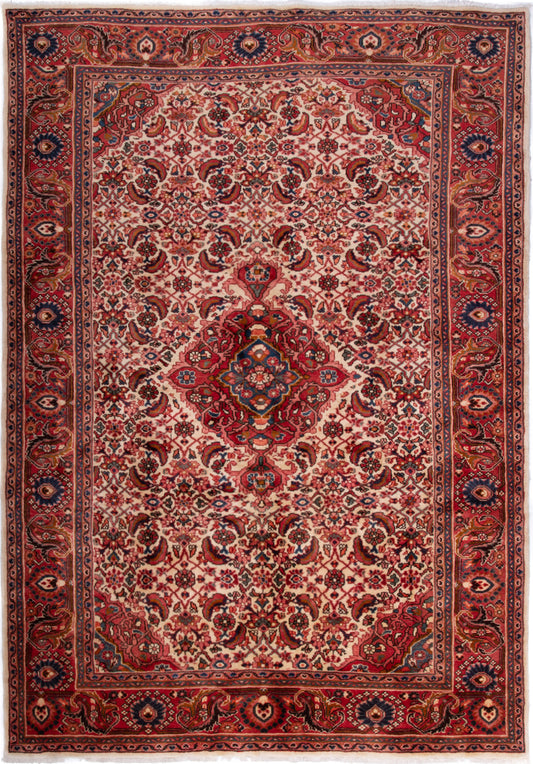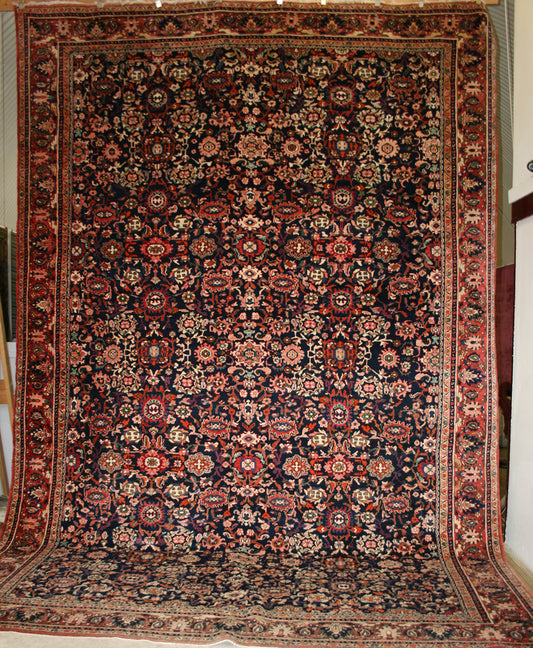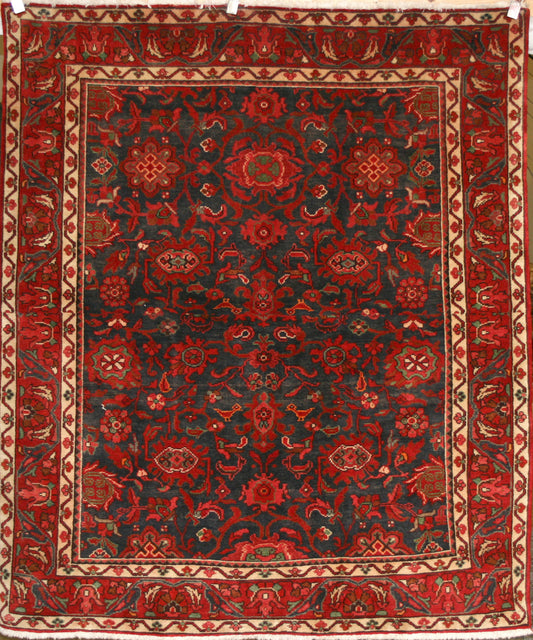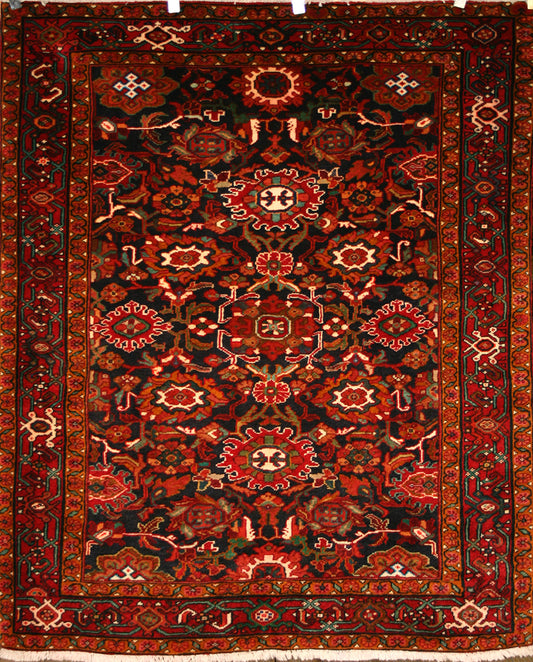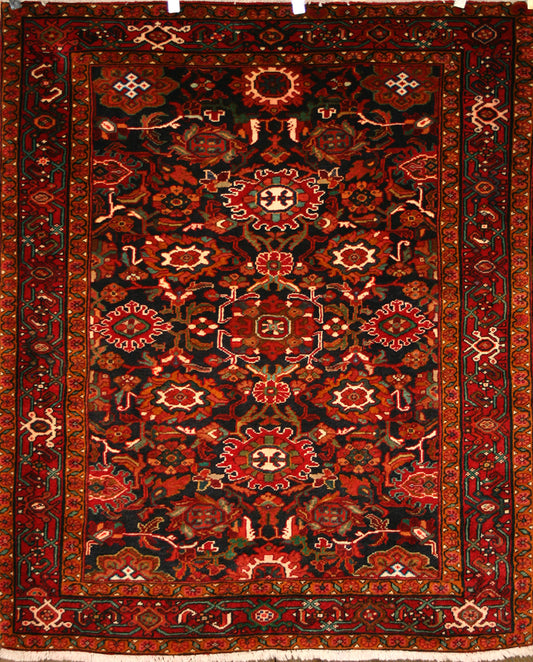Nanaj Rug History & Origin Guide
Unveiling the Artistry of Nanaj Rugs
Nanaj: A Village with a Weaving Tradition
Nanaj, also known as Nannaj or Nanoj, is a village located in the Jowkar Rural District, Malayer County, Hamadan Province, Iran. The local language of the village is a Persian variety influenced by Kurdish and Luri. This village, with a population of 778, is home to a rich tradition of rug weaving, producing the unique Nanaj rugs.
Historical Significance
The history of rug weaving in Nanaj is not well-documented, but the rugs from this area have been known in the antique rug market since the early twentieth century. The rugs are woven using the single weft Hamadan weave, also known as Sennah Baft, indicative of the region. Over time, some Nanaj weavers have adapted their weaving styles to cater to the demands of domestic and foreign export consumers.
Designs and Motifs
Nanaj rugs are characterised by their patterned and geometric style. The rugs are adorned with a multitude of designs, including palmettes with leaves and vines, flower heads, and a variety of animals, birds, and human figures. The dominant colours used in these rugs are red and night blue, adding to their visual appeal.
Materials and Knotting Details
Nanaj rugs are woven with a cotton warp and a 100% wool pile. The rugs are hand-knotted, showcasing the meticulous craftsmanship of the weavers. The knot density of these rugs is approximately 180,000 knots per square meter, indicating their high quality and durability.
Experience the Beauty of Nanaj Rugs
Discover the rich history and intricate designs of Nanaj rugs. Each rug is a testament to the vibrant culture and deep-rooted weaving tradition of Nanaj. Browse our collection of Nanaj rugs and let these handwoven masterpieces add a touch of Persian elegance to your home.
Browse Our Current Selection of Nanaj Rugs
-
Semi-Antique Persian Nanaj Rug
Regular price £2,295.00Regular priceUnit price per -
Semi-Antique Persian Nanaj Rug
Regular price £12,995.00Regular priceUnit price per -
Persian Nanaj Rug
Regular price £2,295.00Regular priceUnit price per -
Persian Nanaj Rug
Regular price £2,245.00Regular priceUnit price per -
Persian Nanaj Rug
Regular price £2,395.00Regular priceUnit price per

